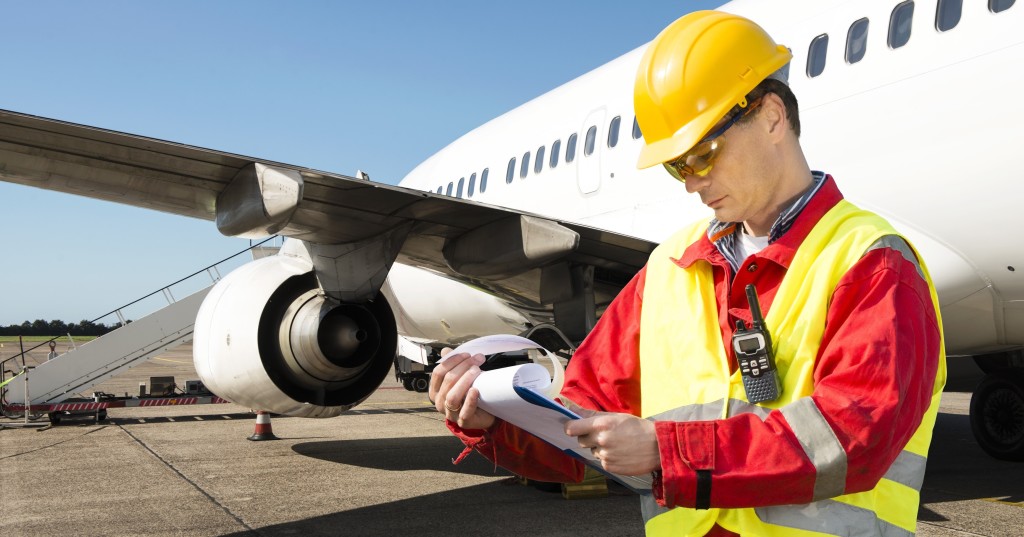Aviation Engineering Technical Services support the organisation in many specific areas including the management of shelf life and selection of appropriate maintenance in respect of creating (issuing) repair orders.
Lets first consider the difference between a Service Bulletin and An AD.
An Airworthiness Directive (A.D.) is a directive issued when the Airworthiness Authority relevant to the State of the Type Certificate (TC) Holder or State of Aircraft Registration’ realizes that a serious condition exists in a product (aircraft engine, airframe, appliance or propeller). Which if not addressed could have a serious outcome.
The AD is a mandatory requirement which must be complied with.
A Service Bulletin (S.B.) is a notice to an aircraft operator from the Aircraft Engine or component manufacturer informing of a product change or improvement. An alert service bulletin is issued when an unsafe condition shows up that the manufacturer believes to be a safety related. Service bulletins may on occasion be “adopted” by the regulatory authorities and lead to the issuance of Airworthiness Directives by the appropriate regulatory authority. Although a service bulletin may be categorized as mandatory by the manufacturer, it is crucial to know that compliance with service bulletins is not automatically required.
In respect of European Aviation only EASA may issue (or adopt, in cases where the product, part, appliance, or modification (e.g. STC) to which the AD applies is of non-European design) mandatory information (in the form of an AD) in order to react without undue delay to a given safety problem.
SBs (or equivalent documents) issued by Design Approval Holder (DAH) do not have a legally “mandatory” equivalent to an AD, and therefore cannot have enforcement implications as a result they may only serve as information or instruction by the DAH.
This also applies to cases where a Service Bulletin indicates that it has been published in anticipation of an AD, to be issued by the competent authority (EASA or other authority acting as State of Design) at a later stage.
Within the organisation It is the responsibility of the Continuing Airworthiness Management Organisation (CAMO) to determine which Service Bulletins should be incorporated. This is typically based on an evaluation of return on investment (ROI) after considering data from the reliability department and taking into consideration such matters as remaining length of lease and any additional perceived benefits – for example passenger comfort, fuel efficiency etc.
Sofema Aviation Services offers training and consultancy for EASA compliant aviation as well as vocational training including Aviation English vocational training. For details please see www.sassofia.com or email: office@sassofia.com




